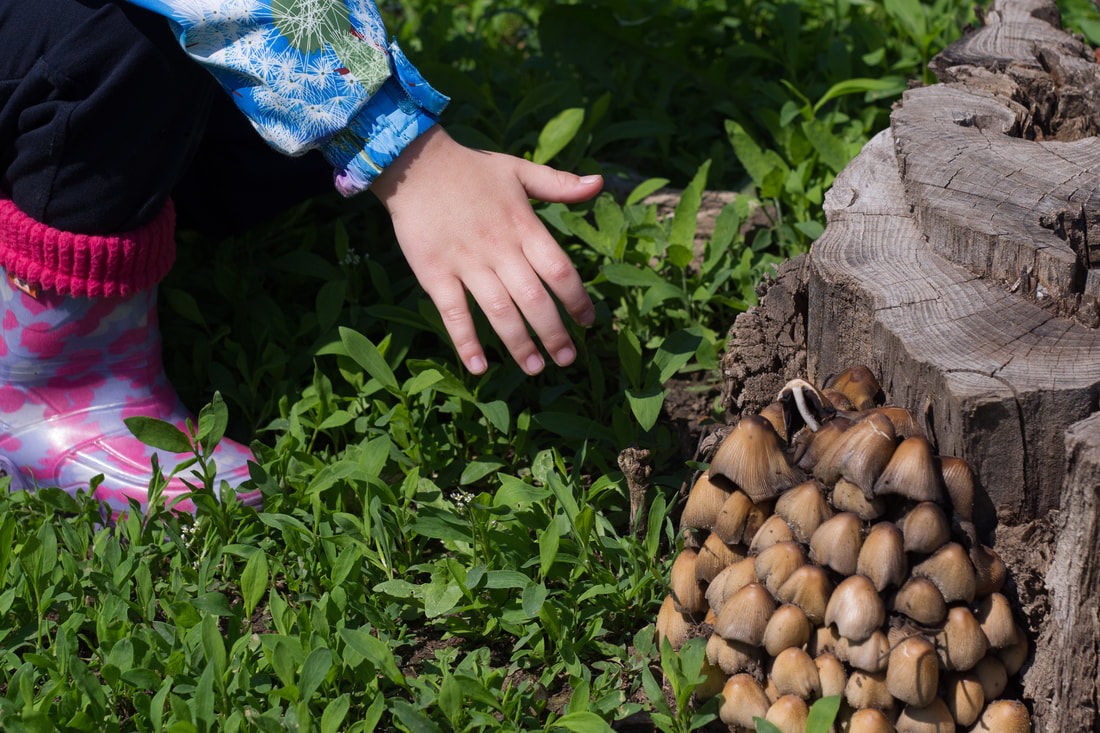Poisoning |
Page 19 |
In the United States, about 2 million cases of exposure to poisons are reported each year. Children under five years of age are the most likely to get poisoned. They are curious and will eat and drink almost anything—even if it does not taste good.
Although most poisoning occurs in the child’s home, it can also occur in the early childhood program. Poisons can be found in any room of the house or center, and poisonings can happen anywhere. However, most poisonings occur in the kitchen, bathroom or bedroom and in the presence of mothers or providers, when products are not in their usual storage area and are in direct reach of young children.
Poisonings occur from many common items found in a household or in the early childhood environment. Items that can be poisonous to a child include medicines (both prescription and non-prescription such as aspirin, cough and cold preparations, vitamins and iron), household cleaning products (such as furniture polishes, detergents and drain cleaners), substances stored in the garage (such as car and gardening products), mushrooms, plants (such as castor beans, foxglove and oleander), cosmetics, batteries, arts and crafts materials, and lead-containing paint, dust and pottery.



